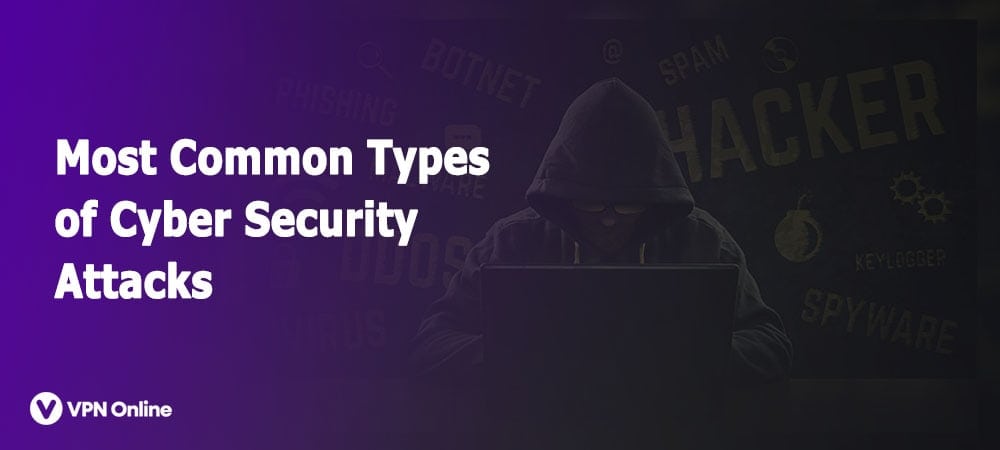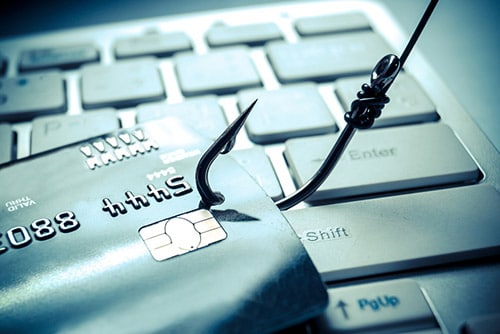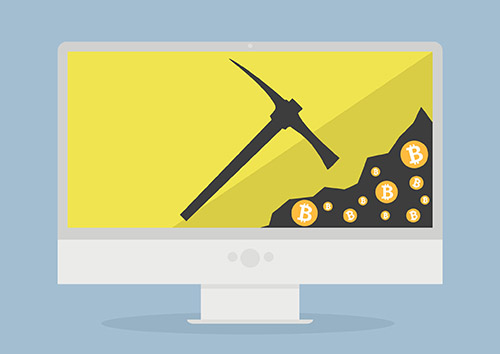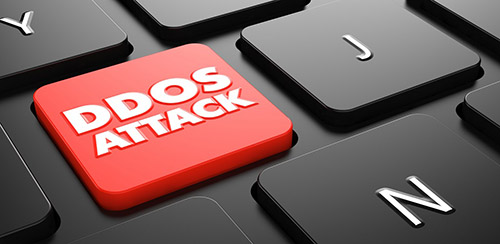
Every day, we hear about some large corporation, website, or unsuspecting individual having their information stolen, corrupted, or possibly sold on the dark web. Unfortunately, it seems as if hacking has become increasingly simple and more common.
Once thought to be in the realm of evil computer geniuses, now even your next-door neighbor's kid could at least hack your wi-fi router.
Nowadays, almost every kid with a computer is a potential hacker, and you need to be extremely cautious because weapons of war are readily available. You don't need to reinvent the wheel to hack a generic router, firewall, or phish a 60-year-old pensioner.
All you need is to pick your weapon of choice from a long list of phishing, malware, XSS, DDOS tools, most of which are free to download and use.
Not to mention viruses, trojans, and social media attacks. The first step toward self-protection is awareness, and in this article, I'll try to help you in that effort by discussing the most common types of attacks below.
This attack mostly endangers businesses, but you don't have to be Walmart to be targeted. Even if you run just a small online store making a few thousand bucks a month, you'll still be attacked. This works because hackers gain access to part of your website.
Then when you visit the backend of the site, a message will say that you have a virus. Next, there will be a link which you'll be asked to click on and install the antivirus.
Be careful because this is a fake program. As soon as you click the link, this malware will execute, and just like that, the hackers have access to your entire website.

The best way to avoid a cyberattack like this is not to click links directly but instead, use third-party software to remove and scan your files for viruses.
Malware is similar to viruses, and fortunately for us, most antivirus software can detect the majority of these attacks before they happen. Malware is used to gain access to your computer. It can affect both an individual and an entire business.
There are various types of malware, the most popular of which are ransomware, viruses, malicious software, etc.

The malware gives hackers access to everything from your keystrokes to the websites you visit and all files on your computer. Malware is usually disbursed via email, and I can personally vouch for receiving hundreds of emails with malware.
However, you won’t be infected unless you click on the link, download the PDF file, or view the attachment. The best way to avoid being hit by malware is not to open attachments from unknown senders.
What are the chances that you'll click on a random email? Little to none, and that's where phishing attacks come in. They present you with a compelling reason to act, and in order to do so, they must pretend to be someone or something they are not. The basis of a successful phishing attack is leveraging human curiosity and general impulses.
I once received an email from a friend in France that appeared to be genuine to my experienced eyes. However, he asked me to download an album he created on his recent visit to Spain in the email. I instantly knew that this was not him.

But had I been curious, perhaps I would have downloaded the attachment. I know my friend uploads everything to Facebook, so there was no way he'd go to Spain and not boast about it there. Typically, the phisher will ask you to click on a link to fix an issue or view pictures, etc.
I also recall receiving such an email from PayPal, which looked legit and stated that my account had been frozen and that I needed to click on the link and log in to report the problem.
The only issue is that the link directs you to a phishing website, where your information is stolen. The only way to avoid this is never to open emails or click on links without verifying the sender. For example, if you get an email from PayPal, don't click on the link in the email but visit the website by typing in the address manually.
I recently found out about a cryptocurrency virus called "Digmine," which spreads via Facebook. While "Digmine" is distributed through Facebook, others work similarly and spread through Twitter, regular email, etc.
What this particular virus does is turn your computer into a cryptocurrency miner without your knowledge. It is usually executed via Google Chrome.
If your Facebook account is set to auto-log-in, the virus manipulates the messenger feature to send that same link to your friends. What that does is create a potentially unlimited network of mining computers.
However, all mining profits are sent to the person who created the virus, and you end up with an insanely slow computer, and your CPU may even burn out due to the constant load placed on the system by the virus.

The past few years have seen an increase in artificial intelligence-powered cyber-attacks. What’s more, these attacks are far more difficult to prevent and counter, but thankfully not impossible.
Similar attacks are suspected to be ongoing across the world. These attacks work because the bots learn common usage patterns and then mimic those patterns across the network. As a result, the traditional approaches to combat online and even offline fraud are not effective.

For example, an AI like Google Assistant could learn your speech pattern, mimic your voice, and then use that data, along with your credit card, social security number, and address, to purchase anything from a 4K TV to applying for additional credit cards.
However, this is only one example of an AI-powered attack; the technology is already available. As a consequence, stopping it will be a difficult task.
I have personally been the victim of a DDOS attack, and one thing is certain: no one can help you during the attack. There isn't much you can do short of unplugging your computer. However, if your website is attacked, the same cannot be said.
The attack is straightforward to understand. It sends a large amount of traffic to your website or IP address. It's so massive that it cripples the network, denying service to all other legitimate users as well as yourself.

The attack is carefully planned, and it usually involves hundreds of thousands of drone computers. These computers are usually ones that the hacker has gained access to via trojan or malware.
With a single click of a button, all of these computers begin sending traffic to this single website, overwhelming the system. When multiple computers are involved, it is called DoS, or Distributed Denial of Service Attack.
This is the hardest to overcome since the attacker comes in from different IP addresses worldwide. The best way to prevent such an attack is to install good DDOS prevention software like Cloudflare. Also, continuously backup all files on your web server.
While technically, a Man-in-the-Middle attack and session hijacking are differently executed, they still rely on the same principle. When you connect to the internet and, say, access Facebook, a lot of data is sent back and forth before your dashboard even loads.
These transactions, also known as 'handshakes,' tell your computer that you’re connected to the correct server. When a session is established, it is given a session ID. This ID is unique and lasts for the duration of the session.
It's also private for both parties. However, an attacker can use this attack to capture the session ID and then masquerade as the legitimate computer, logging in and accessing all of the personal information they want.
To obtain session IDs, attackers employ a variety of methods, including cross-site scripting. Alternatively, hackers can also become the computer in the middle, i.e., the computer in between your computer and the remote server. This allows them to easily intercept information from both sides, including the session ID.
A man-in-the-middle attack is the technical term for this type of attack. Saving yourself from both of these types of attacks can be tough if you are a regular computer user. However, with a good firewall and VPN in place, you can make the attacker's job a little more difficult.
Malicious software is something you need to be aware of. If you download it, it can take over your computer. Adware is different because the main idea is for advertising companies to show you ads when they know that you are interested in what they're selling.
Spyware gets installed on your computer without your knowledge and may collect information about what websites you visit or search queries you enter into the search bar.
All three types of malware can be dangerous to your privacy online if they are not entirely removed from the system when detected.
To protect yourself against these programs, there are a few things you can do, such as:
Malwarebytes Anti-Malware is a great program that works in tandem with your existing security software. It scans your computer for malware and removes it when detected.
You can purchase the full version of this software or download the free version to scan only when you want it to run.
SpyBot Search & Destroy is another spyware, adware, and malware detection program that I have found very helpful when my computer starts acting strange or running more slowly.
Also, this program is excellent for eliminating and cleaning up any spyware, adware, and malware that might have already been installed on your computer.
The same idea applies with Ad-Aware as with Malwarebytes in that you either purchase the full version of this program or download the free version, which runs on a schedule. In addition, this program is known to block the malware's installation.
The only downside to this program is that it does not remove the malware once detected, but it will alert you of any future attacks if they are found again.
StopZilla is another security program, but it has one additional feature that helps protect your online privacy by storing all browsing history and deleting the information after 30 days automatically for you.
Plus, Stopzilla gives you a report of all installed programs on your computer, which is an added benefit.
The Tor Browser protects you by bouncing your communications around a distributed network of relays run by volunteers worldwide: it prevents somebody watching your Internet connection from learning what sites you visit.
Plus, it prevents the sites you visit from learning your physical location and lets you access blocked sites from anywhere around the world.
Suppose you have been a victim of an online crime or fear that your privacy and security may have been compromised. In that case, you can contact your local police and ask them to open a criminal investigation into computer and cell phone harassment and stalking. You can also contact the FBI to report any Cyber Attacks.
This is called cyber crime in most countries around the world.
You should be ready with information about:
A criminal act committed against a computer system or network which may include, but is not limited to:
In addition to the above, there are many other cybersecurity attacks that we've not listed. However, the vast majority of them take advantage of unsuspecting users.
One way to protect yourself would be to use a premium VPN service to mask your IP and hide your location. In conjunction with a good firewall, an antivirus should help keep you protected for the most part.
